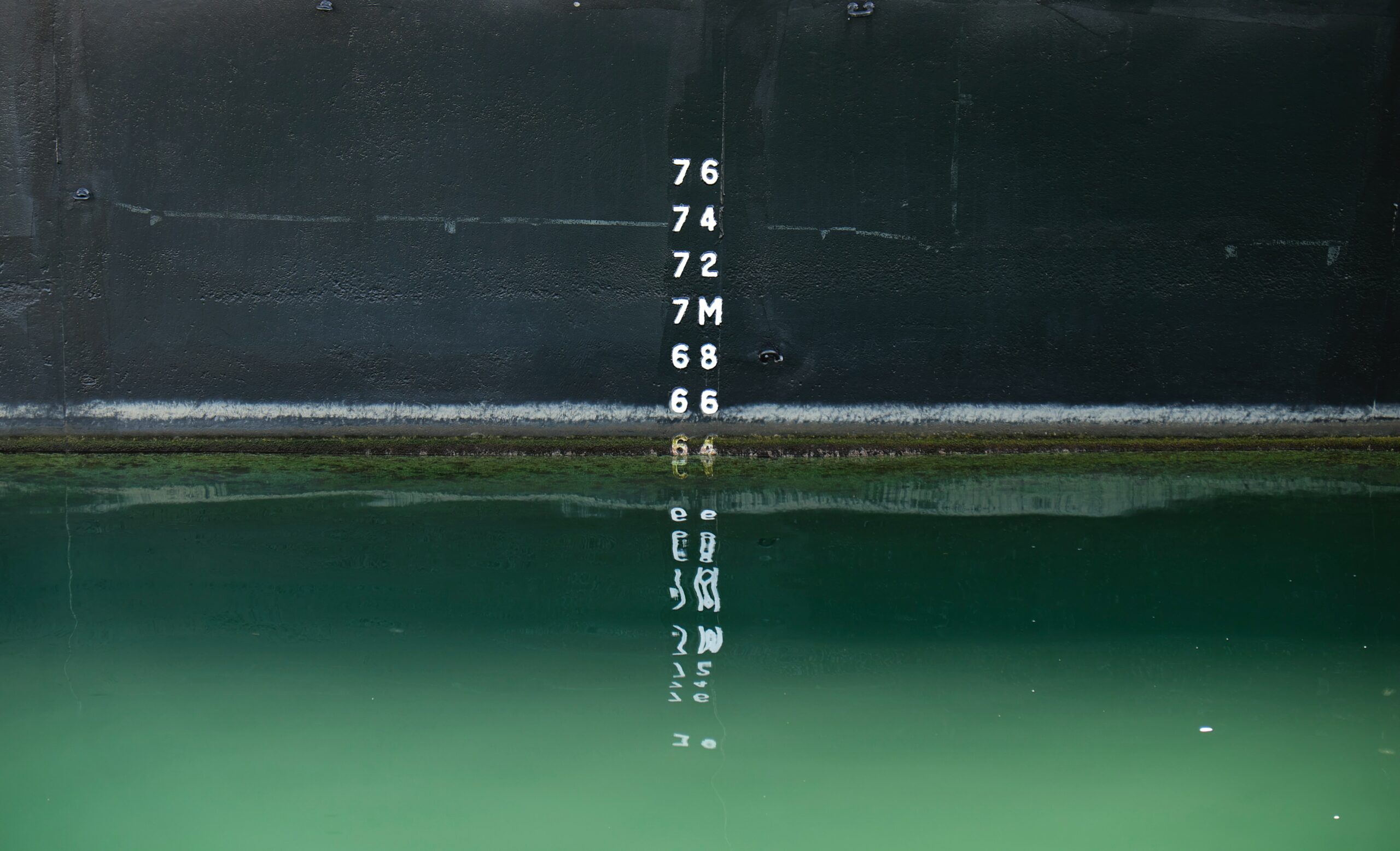Here’s why corporate giants can no longer ignore water risk
Environmental degradation and humanity’s use of water are inextricably linked. As pressure builds on businesses to address their impact on water resources, the data shows companies can no longer afford to ignore the risks.
Earth’s water is a finite resource, the amount we have does not go up or down. But as global warming continues, water will nevertheless become scarcer – and its supply less predictable – simply because a warmer atmosphere holds and transports more moisture and so there will be less on and in the ground.
Faced with an increasingly uncertain future for water, businesses are hearing growing calls from investors and stakeholders to use this most precious resource wisely, something that experts say in the long run will also help them make more money.
Billions of dollars at stake

A 2021 report from Barclays Capital warned that the potential financial impact from water risk is expected to be three times as high as that from carbon risk.
The bank pinpointed water scarcity as “the most important environmental concern” for the global consumer staples sector which includes everything from beverages to agriculture, and is the most exposed sector to water risk.
The report suggests that while water scarcity could cost the sector $200 billion, addressing the problem through proactive water management would only cost $11 billion.
Water risk can take many forms for businesses. Operational risk can undermine business viability, whether because of physically too little or too much water; compliance risk can arise from changing government regulation or as a result of poor public water policy; and as digitalization advances, companies must also consider growing risks relating to security and fraud which might affect their water. Increasingly, business leaders must also consider the potential damage done to a company’s reputation through a perception that it is not responsible in its use of water.
Understanding the ‘true’ cost of water

Paradoxically, the fact that water is undervalued or subsidised in many parts of the world is contributing to its misuse.
Barclays’ research warned that the true cost of water is 3-5 times greater than the price that companies currently pay, once the indirect and direct costs of water shortages and related risks are incorporated, which is why the cost of inaction outweighs the cost of action.
The Barclays analysts suggest that droughts, water shortages and extreme weather events which have become more frequent in recent years will be key long-term themes for businesses over the next decade. “For companies, a ‘true cost’ of water will help them be resilient to the increase in water prices due to the removal of subsidies, water rationing and increasing water scarcity.”
“These will have a direct operational impact on companies. Through a combination of changes to subsidies and taxation, the price of water will likely increase globally. We expect stakeholders to reward companies who take a proactive approach to water conservation.”
Championing disclosure and prevention: CDP

According to CDP, an organisation that helps companies and cities disclose their environmental impacts and risks, in 2020 companies reported financial impacts of water risks at $301 billion – five times higher than the cost of addressing those risks.
CDP is at the forefront of efforts to get companies to be more transparent about their use of water, and its report hailed the fact that almost two-thirds of responding companies are now reducing or at least maintaining their water withdrawals.
Today, water shortages affect more than three billion people, and the amount of freshwater available per person has plunged by a fifth over two decades.
“Corporate transparency on water security is a fundamental step in the transition to a water-secure, net-zero world,” the CDP report said.
“How a company is addressing water risks and accounting for water security issues in its growth strategies and governance is vital information for investors. If this data is hidden from view, it is difficult, if not impossible, for investors to evaluate a company’s investment performance”
The biggest users can drive the greatest change

With companies in the food, apparel, energy, chemical, pharmaceutical and mining sectors wielding influence over 70% of the world’s freshwater use, these industries have the power to pioneer policies which will benefit both planet and profitability.
In December 2021, CDP analysis of the apparel and packaged meat industries in partnership with the VWI found that the cost of addressing apparel companies’ impact on water could be as high as $1.8 billion. But ignoring the risk could cost them five times more – and cause their valuations to drop by as much as 47%.
Healthy waterways make for healthy cash flow

Alongside CDP’s campaign to promote greater transparency on water risk, the World Wide Fund for Nature (WWF) has developed its Water Risk Filter, an online tool that empowers users to explore, assess, and respond to water risks. The Filter has become a leading and trusted source of water risk data for thousands of users – guiding multinational corporations, SMEs, and financial institutions to assess hundreds of thousands of specific sites and respond to water risks.
Business leaders know that they are both dependent on, and impact upon, our shared freshwater resources. As the threat of water scarcity grows, it is now crystal clear that more thoughtful decisions about water make sound financial – as well as environmental – sense.